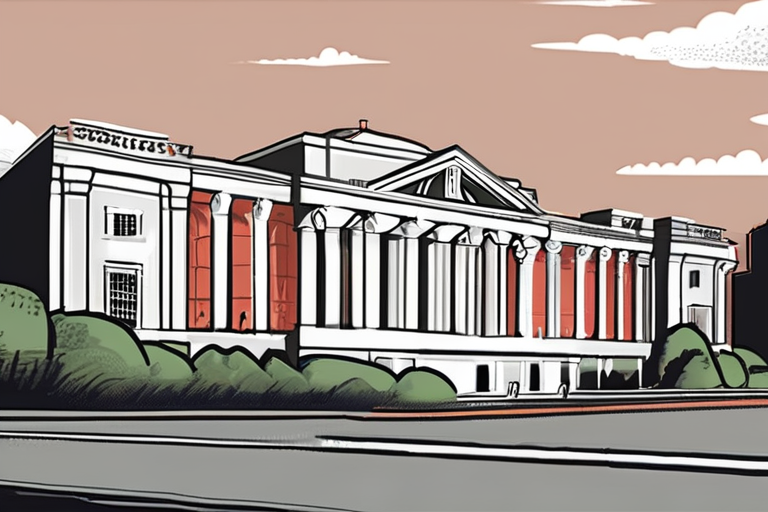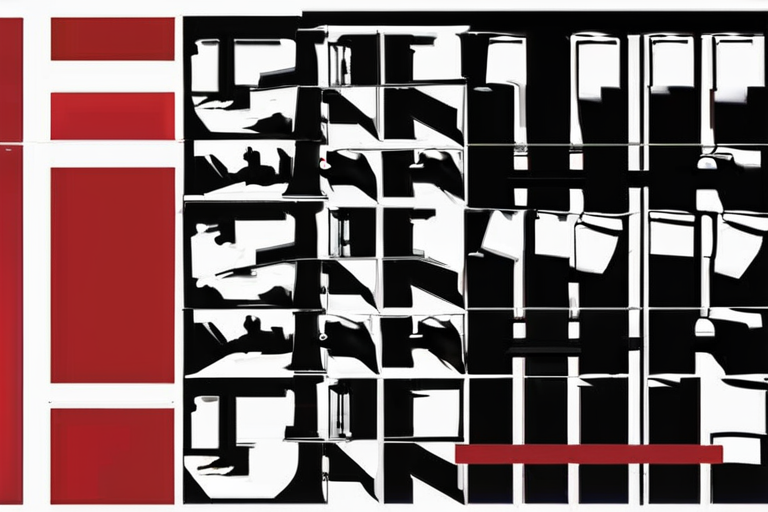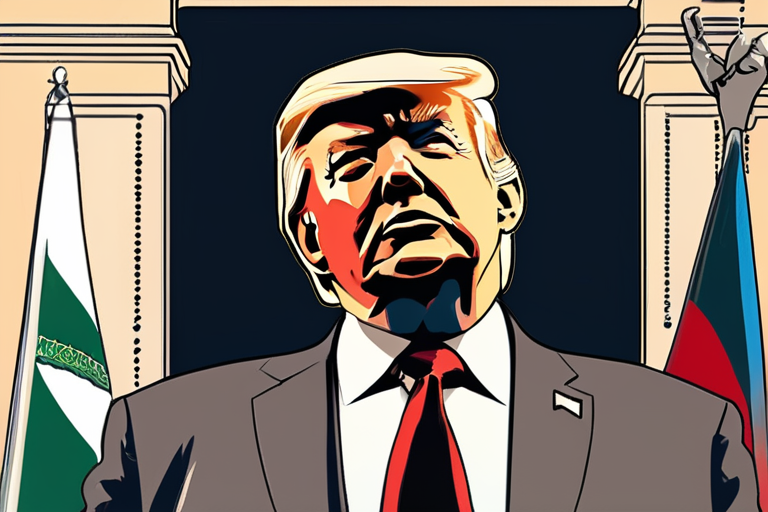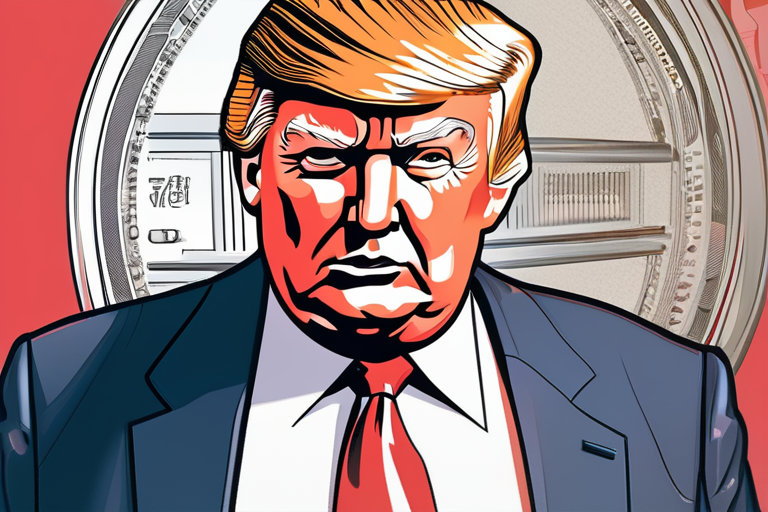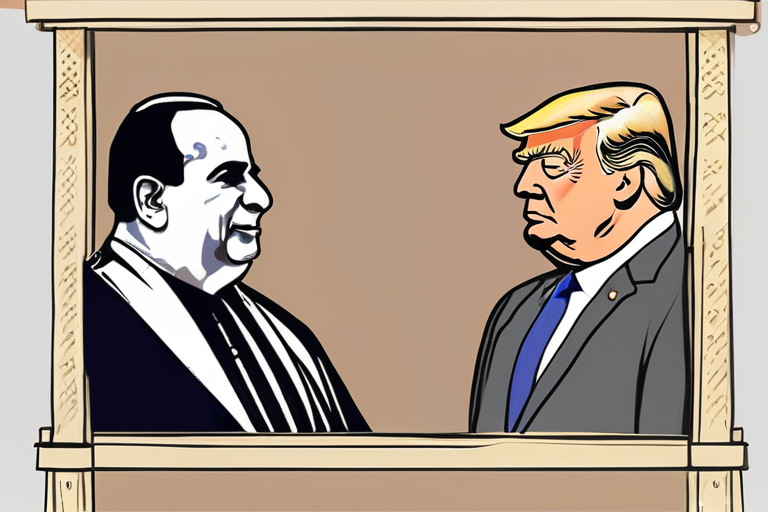As the sun set over the White House on October 22, 2025, a sense of unease settled over the nation's capital. Behind the historic façade, a demolition crew was quietly dismantling the East Wing, a move that has left many questioning the boundaries of presidential power and the integrity of America's most iconic building. The news sent shockwaves through Washington, D.C., and beyond, sparking a heated debate about the role of the White House and the limits of executive authority.
The East Wing, a 19th-century addition to the White House, has been a symbol of the First Lady's influence and a hub of activity for generations of presidential spouses. But on this fateful day, it was reduced to rubble, a victim of President Donald Trump's plans to build a privately funded ballroom adjacent to the White House. The project, which has been shrouded in secrecy, has raised eyebrows among historians, architects, and lawmakers, who question the president's authority to undertake such a significant renovation without proper review or approval.
The story begins in the summer of 2025, when Trump announced plans to build a grand ballroom, which he claimed would be a "wonderful addition" to the White House. At the time, he assured the public that the project would not interfere with the current building, promising that it would be constructed "near it, but not touching it." However, as the demolition crew began its work, it became clear that the East Wing was being dismantled, piece by piece, with no clear plan for its reconstruction or preservation.
The question on everyone's mind is: who can stop the president? The White House is a unique entity, subject to a complex web of laws, regulations, and traditions that govern its use and maintenance. While the president has significant authority to make changes to the building, there are two commissions that typically play a crucial role in reviewing and approving major renovations: the Commission of Fine Arts and the National Capital Planning Commission. However, it appears that these bodies have been bypassed in this case, leaving many to wonder if the president has overstepped his bounds.
"I'm shocked and appalled by the president's actions," said Dr. Alice Kimm, a historian and expert on the White House. "The East Wing is a treasured part of American history, and its destruction is a loss for our nation. The president's decision to demolish it without proper review or approval is a clear abuse of power."
As the demolition continues, many are left to ponder the implications of this unprecedented move. What does it say about the president's relationship with the White House and its history? What does it reveal about the limits of executive authority? And what does it portend for the future of our nation's most iconic building?
The answers to these questions remain unclear, but one thing is certain: the demolition of the East Wing is a turning point in the history of the White House, one that will be remembered for generations to come. As the nation grapples with the consequences of this decision, it is clear that the debate over the role of the White House and the limits of presidential power is far from over.
In the end, the fate of the East Wing serves as a reminder that the White House is not just a building, but a symbol of American democracy and a reflection of our nation's values. As we move forward, it is essential that we prioritize the preservation of our history and the integrity of our institutions, even in the face of unprecedented challenges and controversies. The future of the White House, and our nation, depends on it.
